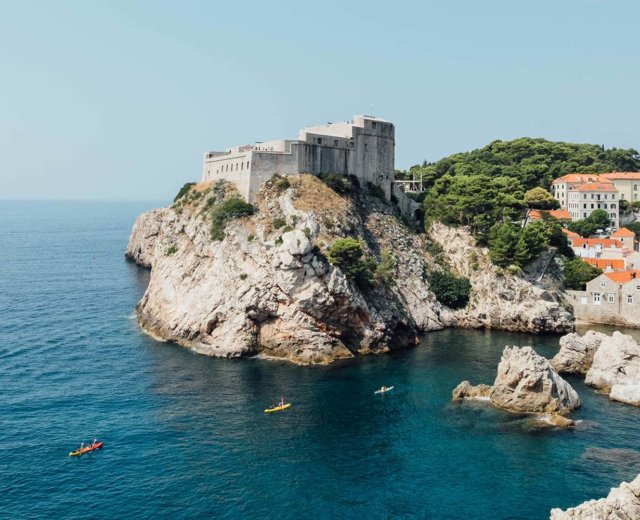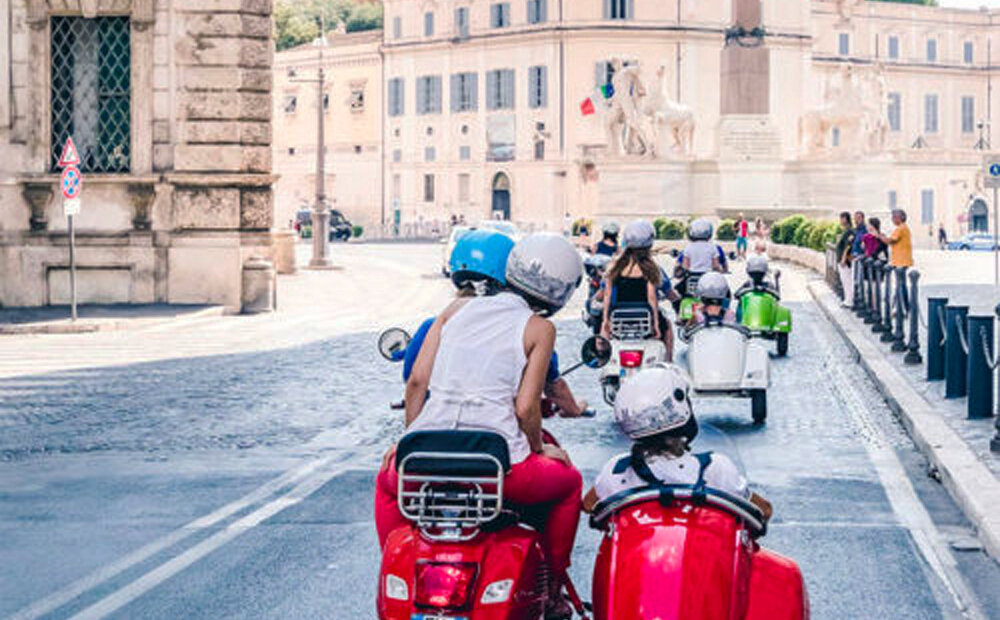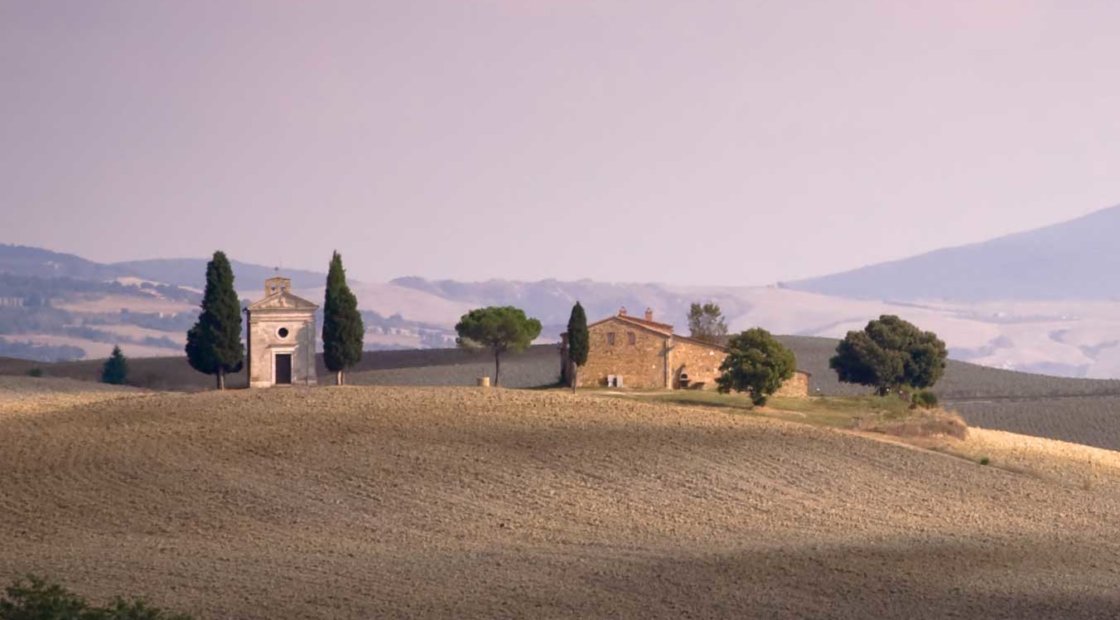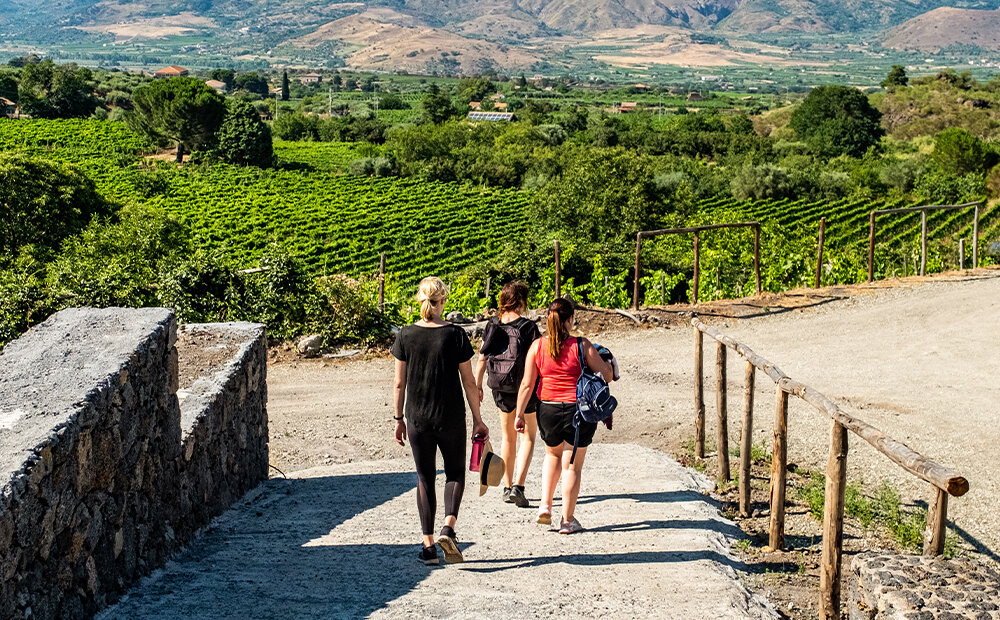Italy travel tips: Everything you need to know
By Stevie Keen
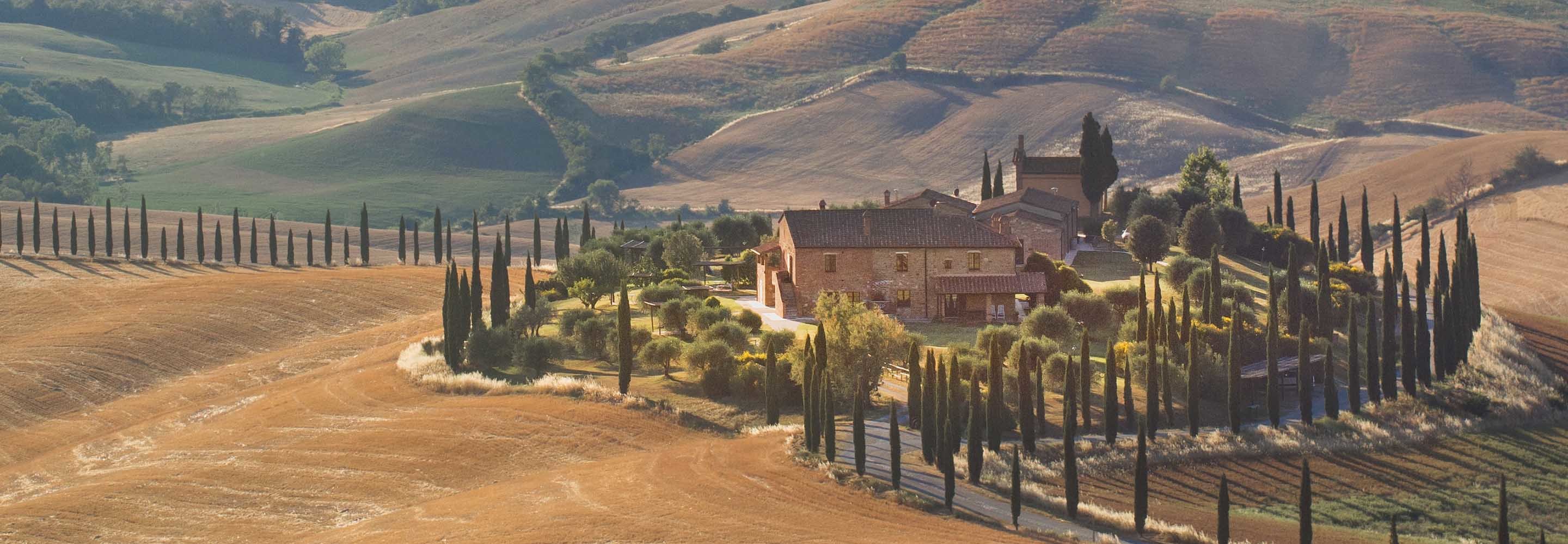
If travelling to Italy is on your to-do list, but you don’t know where to start, check out our Italy travel tips to make sure you know what to pack, what activities to plan and when the best season to go is.
Why visit Italy
There are plenty of great reasons to visit Italy; stunning architecture, inspiring museums and long stretches of beautiful sandy beaches. Plenty of other countries in Europe can offer these things too but what makes Italy worth a visit is its uniqueness and the Italian motto of ‘Il dolce far niente’. Or ‘the sweetness of doing nothing’.
Like the way it balances its modern, vibrant cities with ancient ruins and extensive history. There isn’t another city in the world quite like Venice, the long waterways and beautiful gondolas amping up romance wherever you look.
You’ll find quaint Italian villages dotted along coastlines, meaning a trip to the beach isn’t just picturesque for the sea view, but the vistas inland too.
And you can’t forget about Italian food. Specialities vary region by region, with Arabic influences towards Sicily, while you’ll find seafood reigns towards the Amalfi Coast. One thing you’ll find everywhere though is gelato. Make sure you take in a scoop, or two. Or three.
Is Italy safe to travel?
Apart from petty crime, such as pickpocketing in particularly urban areas, there isn’t much to worry about as Italy is a safe country. It’s ranked as the 34th safest city and is roughly in line with other European countries.
Around the busier and more touristy areas, it’s a good idea to keep your valuables close as they’re often rich pickings for pickpocketers. Bags and phones can be targeted at transport hubs, such as busy train stations, so stay vigilant.
Overall, Italy is safe, so keep an eye on your belongings but make sure you kick back and enjoy your travels too.
Weather
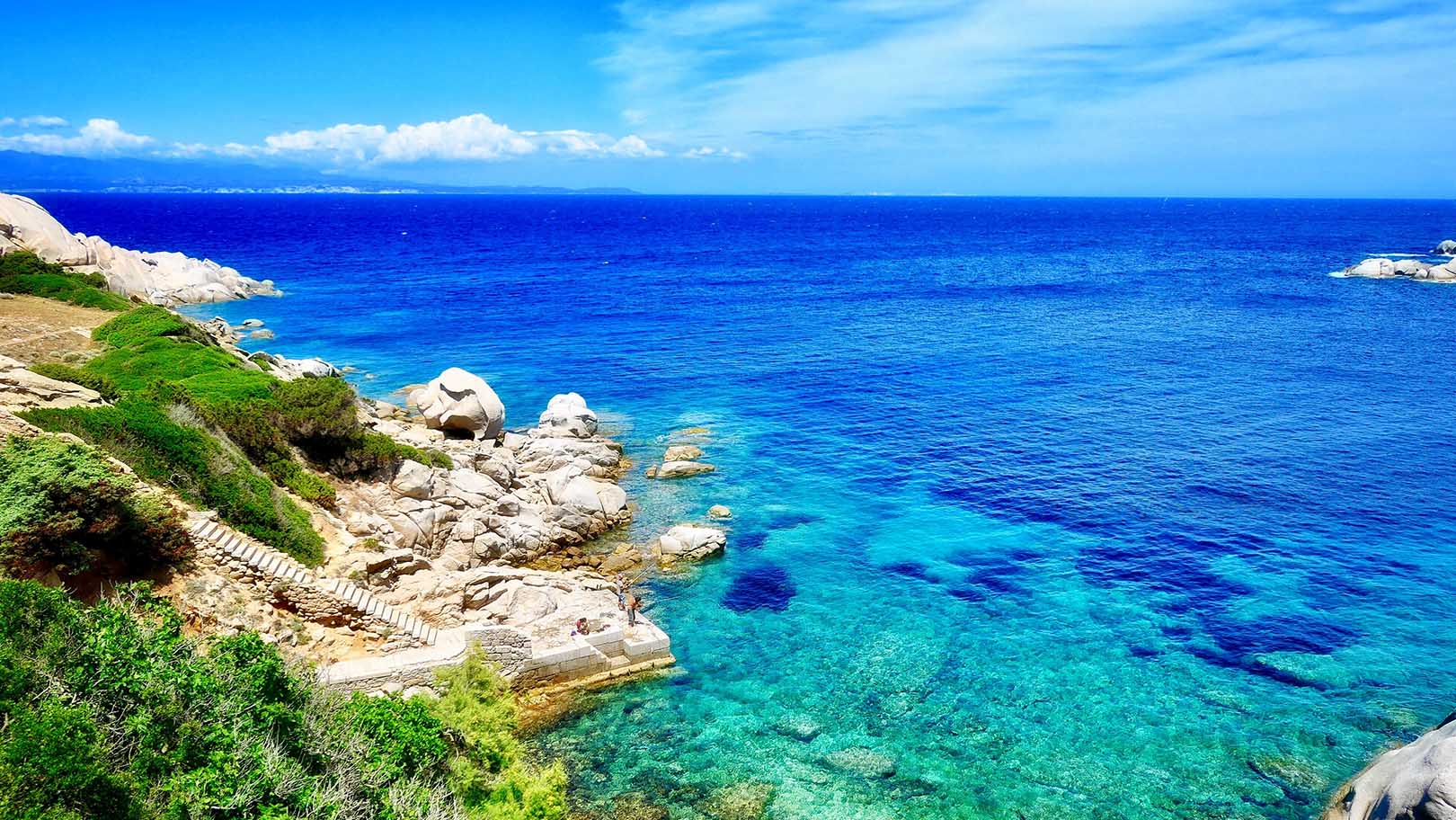
Italy has a pretty average Mediterranean climate, with warm, dry summers and cooler, wetter winters. The rainy season tends to be around October to November, but there are still dry days during these months. However, if you’re looking to soak up as much sun as possible, Sicily is the warmest place in Italy, offering good weather all year round.
What is the best time to travel to Italy?
The best time to visit Italy is during Spring or Autumn, so April to June or September to October. These seasons still have good weather, but don’t have the same influx of tourists or high prices that you’ll find in Summer. Mid-June until August is peak season, but this means it’s often hot and crowded. July is usually the hottest month in Italy, with temperatures ranging from 73 degrees to 86 degrees Fahrenheit or 23 to 30 degrees Celsius.
The off-season is November to March. The weather isn’t the greatest, but it will be cooler, cheaper and less crowded.
What do I need to travel to Italy?
While you could pack half your wardrobe and an array of shoes for your trip to Italy, we certainly wouldn’t recommend it. Pack light by sticking to the essentials, with just the odd luxury extra, just in case, and you’ll be set.
When it comes to actual bags, maybe don’t rely on wheeled luggage. Rough paving is beautiful and one of Italy’s many charms, but it makes for a tough task of hauling around heavy wheeled luggage. Venice even threatened to outlaw wheeled bags a while ago. They didn’t but it’s enough of a problem that they thought about it.
If you really want to take in the best of what Italy has to offer, you’ll be walking. A lot. Make sure you have a reliable pair of comfy shoes, this is not the time to break in a new pair. Have a more stylish pair for the odd night out if that’s your thing.
Regular travellers tend to have their layering game down, but you may want to make sure you have a classy piece of outerwear. The Italians are a stylish bunch and they dress well for dinner and drinks.
Speaking of style, don’t forget those sunglasses. Stylish and functional.
What is the cheapest city in Italy to fly into?
Milan is cheaper to fly into than Rome. However, check the cost of transferring. If you’re going straight to Rome, it could work out more expensive to fly to Milan and transfer to Rome than to head straight to your chosen destination.
What is the cheapest month to fly to Italy?
The cheapest month to fly to Italy is January. It’s cooler and wetter, but there will still be plenty of dry days and fewer tourists to contend with.
Food and drink
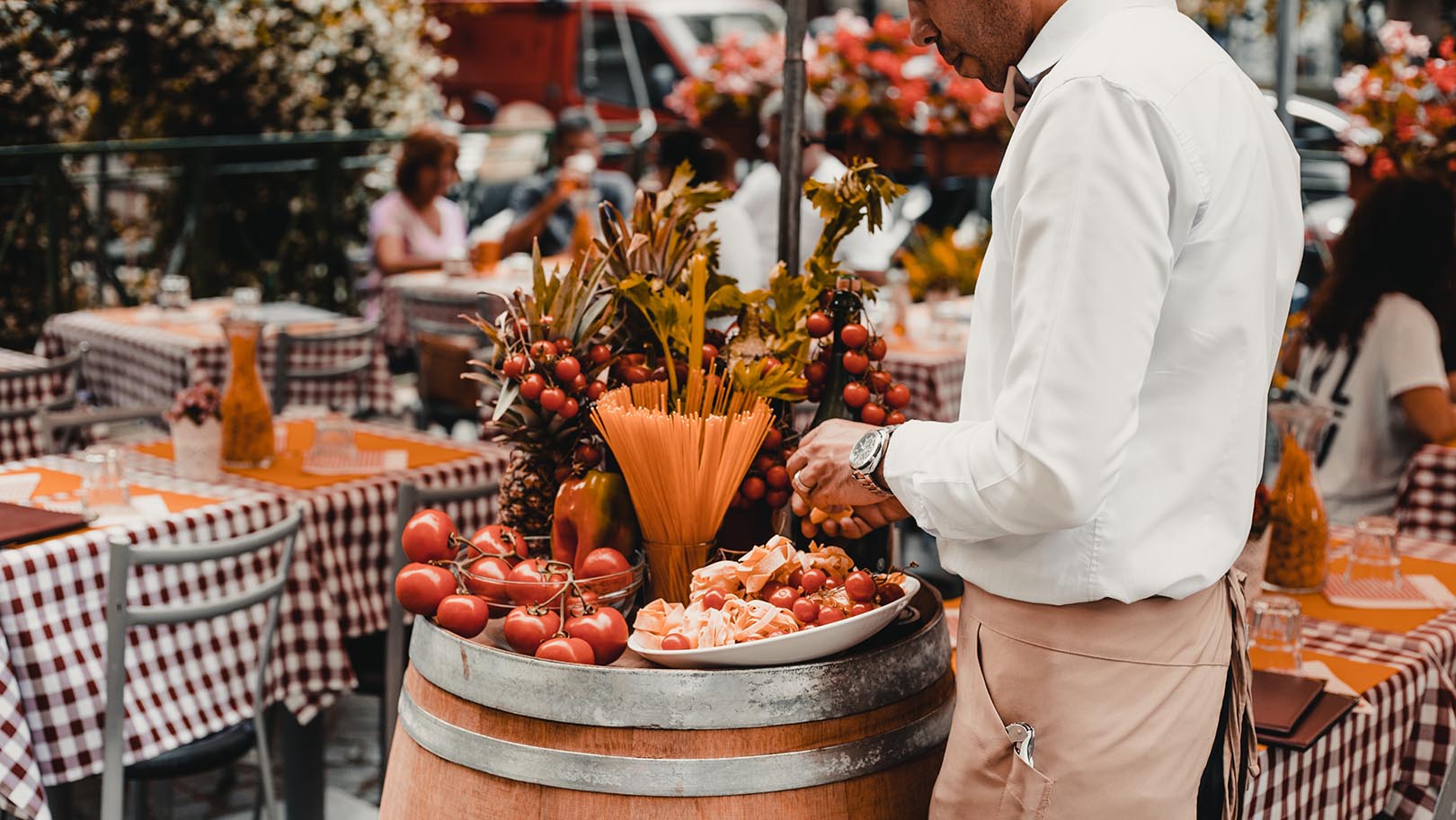
Italian food is one of the big attractions for people travelling to Italy. Proper pizza and freshly made pasta are experiences within themselves, so don’t be afraid to indulge to make the most of your trip. Ask for recommendations for both food and wine and look for the restaurants where locals tend to eat to sample the best in the area.
Is food expensive in Italy?
The price of a meal in Italy can vary quite a bit depending on where you’re dining. A meal at an inexpensive restaurant can be around the £15 to £20 mark, whereas if you’re looking for the full Italian experience you may be looking at about £50 for food and drinks at a good restaurant.
Activities
Ancient ruins, grand art museums and picturesque caves are scattered throughout Italy, along with a vast array of other activities, so you certainly shouldn’t be bored. But, if you’re lost amongst a list of options, we can help you narrow them down.
If it’s your first trip to Italy, plan an itinerary with a combination of sightseeing and relaxing activities. Take in the range of ruins and cultural activities that Rome has to offer, but balance it out with a trip to the Amalfi Coast or Tuscany, for example.
We think these are the best things to do in Italy:
- Hop on a boat across the waters of Lake Como
Gaze across the blue waters of Lake Como, taking in the lush alpine surroundings before hopping on a boat to gently float across the waters. At 146 square kilometres, you won’t run out of space to explore.
- Take in centuries of art at the Uffizi Gallery
Italy and art go hand-in-hand, so don’t miss out to explore one of the most famous galleries in the world. The building itself is stunning, but it’s also full of works by Leonardo Da Vinci, Raphael, Michelangelo, and Caravaggio. Unmissable.
- Tour the Coliseum
Is it possible to visit Rome and not take a trip to the Coliseum? It was once a grand amphitheatre that held gladiator matches for up to 50,000 people. You can tour the ruins, imagining yourself as a Roman spectator.
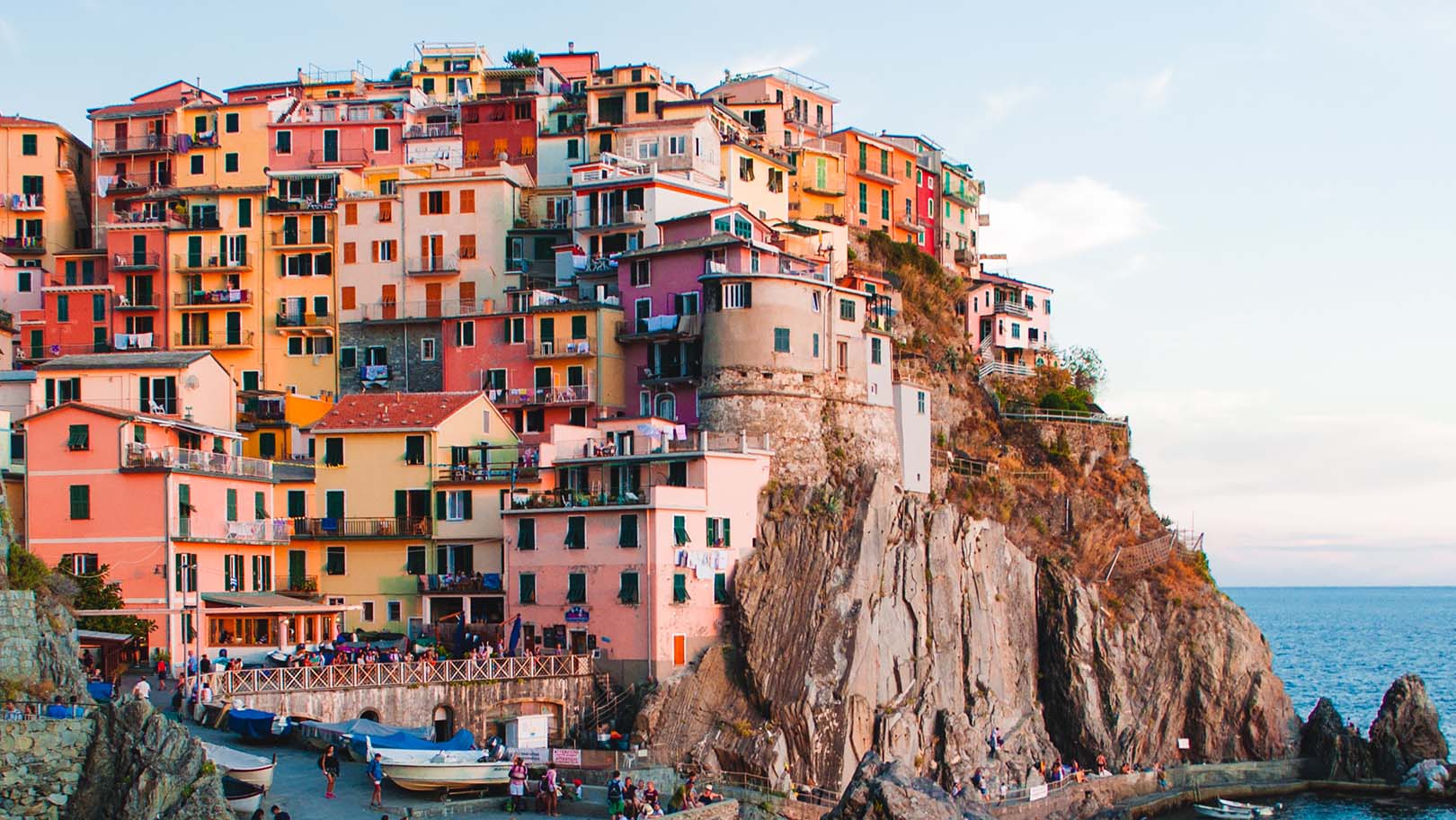
- Visit the Amalfi Coast
Looking for a little taste of luxury? Hop on over to the Amalfi Coast. Take in one of Italy’s most scenic spots on a boat tour, sampling Mediterranean cuisine as you sail past picturesque villages.
- Explore Pompeii
Pompeii is a site frozen in time thanks to a volcanic eruption in 79AD. Now an open-air museum, you can explore Roman homes and baths, preserved as they were centuries ago.
Do I need a visa to travel to Italy?
Whether you need a visa depends on your nationality so it’s worth checking your country’s embassy website to make sure.
If you’re a UK citizen and hold a full UK passport you don’t need a visa to travel to Italy. US citizens can travel to Italy for business or tourism for up to 90 days.
Take a look at all of our Italy trips to plan your next Italian adventure.

